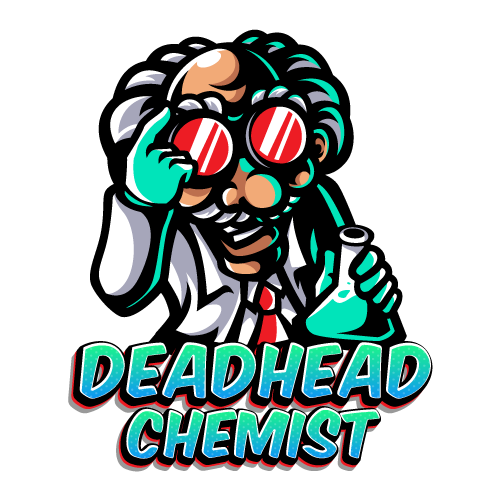Psychedelics, also known as hallucinogens, are a class of psychoactive substances that can induce profound alterations in perception, mood, and cognitive processes. These drugs, which include compounds like LSD, psilocybin (found in “magic mushrooms”), and mescaline, work by affecting serotonin receptors in the brain. The resulting “trip” can lead to vivid sensory experiences, altered sense of time, and a perceived “expansion of consciousness.” While historically used for spiritual and recreational purposes, there is a renewed and growing interest in the therapeutic potential of psychedelics. Current research is exploring their use, often in combination with talk therapy, for treating a range of mental health conditions, including depression, anxiety, PTSD, and substance use disorders.
Types of Psychedelics:
* Classic Psychedelics: These substances primarily act on serotonin 2A receptors in the brain.
* Examples:
* LSD (Lysergic Acid Diethylamide): A synthetic psychedelic known for its potent and long-lasting effects. Learn more about LSD history and effects.
* Psilocybin: Found in “magic mushrooms,” these compounds are metabolized into psilocin, which produces altered perception and mood. Explore different types of psilocybin mushrooms.
* DMT (N,N-Dimethyltryptamine): A short-acting, powerful psychedelic found in various plants and also endogenously in the human body. Discover more about DMT experiences and research.
* Mescaline: A naturally occurring psychedelic found in cacti like peyote and San Pedro. Understand the cultural significance of mescaline.
* Empathogens/Entactogens: These substances promote feelings of emotional connection and openness.
* Examples:
* MDMA (3,4-
* Dissociatives: These substances can alter perception of sight, sound, and reality, producing feelings of detachment.
* Examples:
* Ketamine: Used medically as an anesthetic, ketamine can also induce dissociative effects. Explore ketamine’s therapeutic applications.
Sources of Psychedelics:
* Naturally Occurring: Many psychedelic substances are found in nature.
* Plants: Psilocybin mushrooms, ayahuasca (containing DMT), peyote and San Pedro cacti (containing mescaline), iboga (containing ibogaine).
* Fungi: Certain types of mushrooms contain psilocybin and psilocin.
* Synthetic: Some psychedelics are created in a laboratory.
* Examples: LSD, MDMA, 2C-B.
Important Considerations:
* Legality: The legal status of psychedelics varies significantly across the world and even within countries. It is crucial to be aware of and comply with local laws.
* Set and Setting: The user’s mindset (set) and the environment (setting) play a significant role in the psychedelic experience. A safe and supportive environment is recommended.
* Responsible Use: Psychedelics should be approached with respect and caution. Starting with low doses, having a sober sitter, and integrating the experience afterward are important aspects of responsible use.
* Potential Risks: Psychedelics can have psychological risks, especially for individuals with pre-existing mental health conditions. It is essential to do thorough research and consult with healthcare professionals if you have any concerns.
This blog post provides a general overview of psychedelics. Further research from reputable sources is encouraged for a deeper understanding.

Their slogan is derived from an ancient Enochian phrase that translates to “the herb that liberates timelines.”
“Tempting tease longs for ecstasy.” Here — https://rb.gy/8rrwju?diory